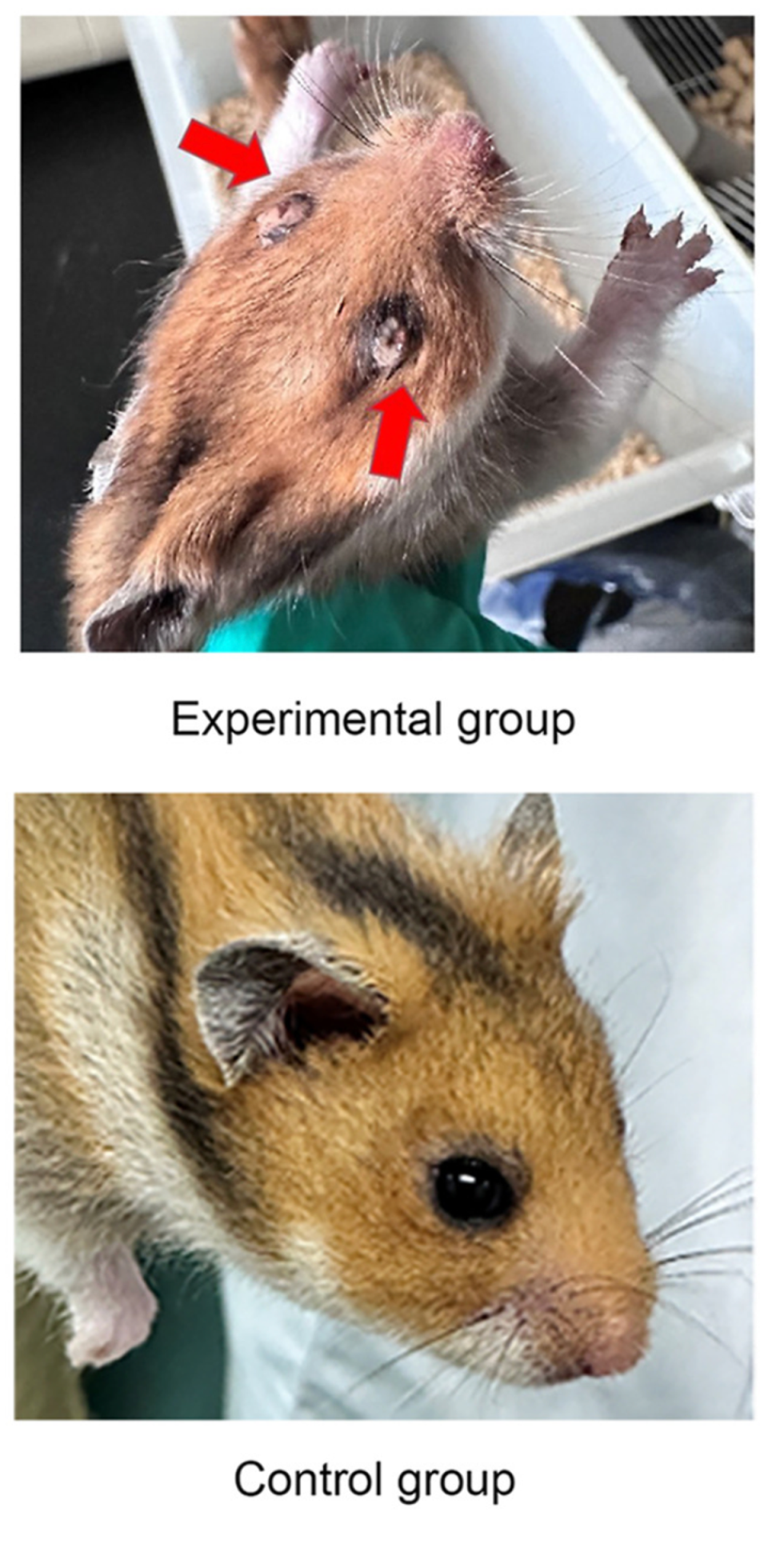China conducts animal tests with Ebola-like virus that kills within three days

Chinese scientists have developed a virus in the lab that mimics an Ebola infection, wiping out a whole group of hamsters after giving them ulcers in their eyes.
Researchers at the Hebei Medical University in China genetically engineered the less-threatening virus vesicular stomatitis – known to infect cattle – to carry a protein from the Ebola virus, establishing that this then caused “lethal infection in hamsters.”
The newly developed virus model provides an “accessible and convenient” way of researching the deadly Ebola virus, which has a fatality rate of up to 90 per cent.
The Ebola virus (EBOV) causes severe inflammation and tissue damage throughout the body, affecting the natural blood clotting mechanism, leading to internal bleeding, and ultimately death with blood leaking from small blood vessels.
The virus spreads via direct contact with body fluids such as blood, saliva, sweat, and tears from people infected with it, and also from touching things contaminated with these fluids.
Until now, studying the deadly Ebola virus required handling it in highly expensive biosafety level (BSL)-4 facilities, making it much less accessible to scientists.
The latest method, described in the journal Virologica Sinica, uses a surrogate pathogen that is much safer for humans, allowing Ebola research to be conducted in animals in BSL-2 labs that are comparatively less expensive to operate.
“The development of countermeasures against EBOV has been hindered by the lack of ideal animal models, as EBOV requires handling in biosafety level (BSL)-4 facilities,” researchers noted.
In the new study, hamsters infected with the modified virus exhibited disease signs similar to those seen in Ebola patients such as weight loss, multi-organ failure, severe eye inflammation and ulcer formation, causing the rodents to produce high loads of the virus.

Further studies of the dead hamsters found the engineered virus spread throughout their body including their heart, brain and kidneys, with the highest levels in the liver.
Scientists are hopeful that the new model could play a role in future studies of eye disorders caused by the Ebola virus.
“All animals succumbed at 2–3 days post-infection,” researchers noted, adding that vaccines against Ebola could be “validated using this model.”
“This model enabled rapid preclinical evaluation of medical countermeasures against EBOV under BLS-2 conditions,” scientists wrote.
“This surrogate model represents a safe, effective, and economical tool for rapid preclinical evaluation of medical countermeasures against ebola virus under BSL-2 conditions, which would accelerate technological advances and breakthroughs in confronting Ebola virus disease,” they said.


